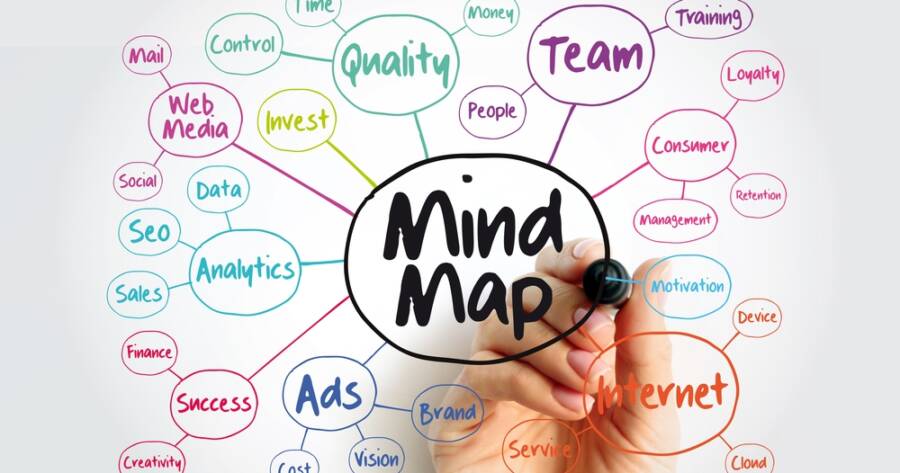Creative thinking often begins with a jumble of ideas, scattered thoughts, and half-formed concepts. Digital mind mapping tools offer a way to bring order to that chaos, helping you see connections and spark new insights. For artists, students, entrepreneurs, and problem-solvers alike, mind mapping tools turn brainstorming into a visual, interactive process. In today’s fast-paced world, they can be the bridge between inspiration and action, making complex ideas easier to understand, share, and refine.
Why Mind Mapping Works for Creativity
Mind mapping organizes ideas visually, starting with a central concept and branching out into related topics. This approach mirrors how our brains naturally connect information. When ideas are laid out in a diagram instead of long paragraphs, patterns and relationships become clearer.
For creative projects, this means you can quickly spot gaps, combine unrelated ideas, or develop themes you might not have seen otherwise. Digital tools take this process further by adding color coding, drag-and-drop editing, and easy rearrangement, making the brainstorming process more dynamic.
Features to Look For in a Digital Mind Mapping Tool
Not all mind mapping software is built the same, and your creative needs should guide your choice. Look for tools with flexible design options, so you can add images, links, or even audio notes alongside your text. Collaboration features can be essential if you work with a team, allowing multiple people to add and edit ideas in real time.
Cloud-based saving ensures you can work from different devices without losing progress. Some platforms also include templates for project planning, storytelling, or marketing strategies, helping you get started faster.
Popular Tools for Creative Thinkers
Several mind mapping platforms stand out for their ease of use and creative flexibility. Top platforms include:
- MindMeister offers real-time collaboration and integrates with project management tools, making it a favorite among teams.
- Coggle is simple and colorful, ideal for quick idea sessions or visual thinkers who prefer a clean layout.
- XMind supports more advanced features like brainstorming modes and presentation exports, helpful for turning a map into a polished pitch.
How to Use Mind Mapping for Different Projects
Digital mind maps adapt well to a variety of creative work. Writers can use them to outline a novel, breaking down plot lines, characters, and themes into separate branches. Designers can map out visual concepts, color schemes, and inspiration sources for a new campaign.
Educators might create mind maps to organize lesson plans or explain complex topics visually. Even entrepreneurs can benefit, using maps to chart business plans, marketing strategies, and customer journey flows. The flexibility of these tools makes them valuable in nearly any creative field.
Tips for Getting the Most from Your Mind Maps
To make the most of a digital mind map, start with a clear central idea and keep your branches concise. Use colors and icons to quickly distinguish between types of information. If your tool supports it, link to reference materials, websites, or documents directly from your map.
For group projects, set guidelines for contributions to keep the map organized and useful. Finally, revisit your mind maps regularly—sometimes the best ideas emerge after you’ve had time to step away and return with fresh perspective.
Turning Ideas Into Action
Digital mind mapping tools are more than just creative playgrounds—they are practical engines for developing, refining, and sharing ideas. By visually connecting thoughts, they make brainstorming more engaging and problem-solving more intuitive.
Whether you are working solo on a passion project or collaborating with a team, these tools can help you turn scattered inspiration into structured plans. In the end, the real value lies not in the map itself, but in the creative energy and clear direction it inspires.

